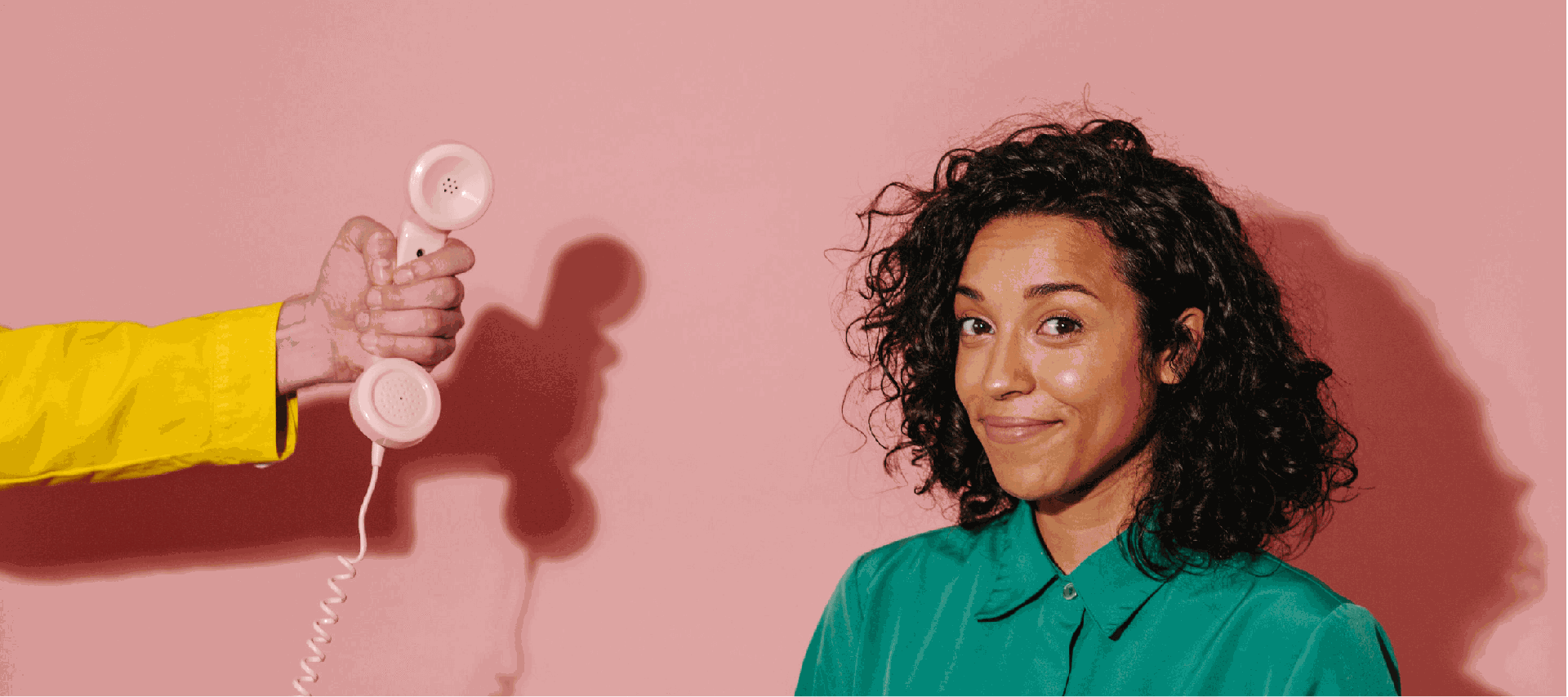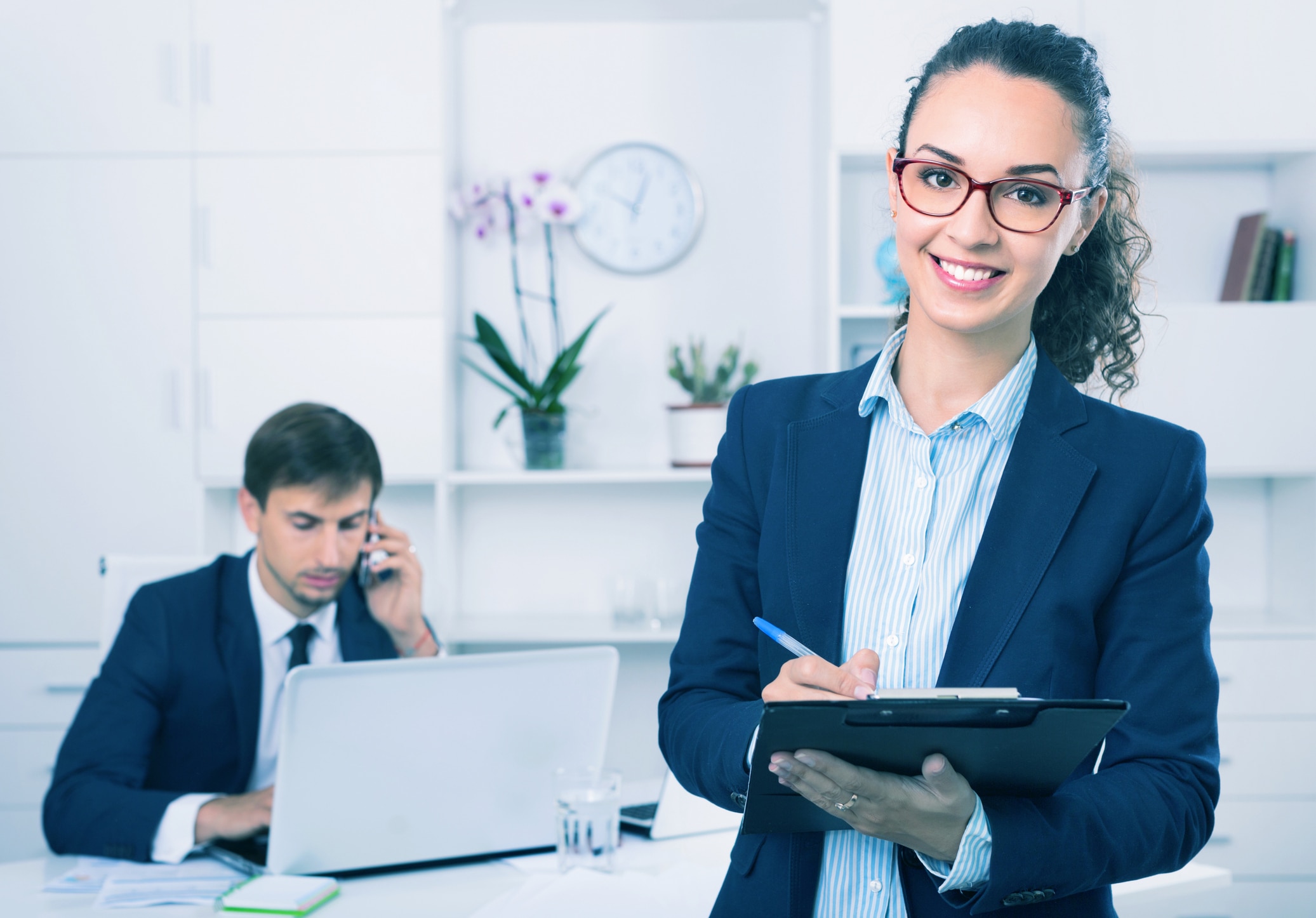All Categories
Featured
Table of Contents
- – Who Is The Best The Complete Guide To Phone Ans...
- – Which Is The Best Phone Answering Services - R...
- – The Best 14 Benefits Of A Telephone Answering ...
- – How Much Does It Cost To Have A 12 Best Telep...
- – How Much Does What The Heck Is An Answering S...
- – What Is The Best Telephone Answering Service...
Who Is The Best The Complete Guide To Phone Answering Services Company
This device and its successors were designed by Sava Jacobson, an electrical engineer with a personal consulting service. While early answering machines utilized magnetic tape technology, most modern devices utilizes strong state memory storage; some gadgets use a mix of both, with a solid-state circuit for the outbound message and a cassette for the incoming messages.
"toll conserving" listed below) (virtual call answering service). This is useful if the owner is screening calls and does not want to talk to all callers. In any case after going, the calling celebration needs to be notified about the call having actually been addressed (in many cases this starts the charging), either by some remark of the operator, or by some greeting message of the little, or resolved to non-human callers (e.
This holds especially for the TADs with digitally stored greeting messages or for earlier machines (before the rise of microcassettes) with a special limitless loop tape, different from a second cassette, dedicated to recording. There have been answer-only devices with no recording capabilities, where the welcoming message needed to inform callers of a state of existing unattainability, or e (business answering service).
Which Is The Best Phone Answering Services - Ruby Receptionist Services Service?

about availability hours. In taping TADs the welcoming generally contains an invitation to leave a message "after the beep". An answering machine that uses a microcassette to tape messages On a dual-cassette answerphone, there is an outbound cassette, which after the specified number of rings plays a pre-recorded message to the caller.

Single-cassette voice mail include the outbound message at the beginning of the tape and incoming messages on the remaining area. They initially play the announcement, then fast-forward to the next available area for recording, then tape the caller's message. If there are numerous previous messages, fast-forwarding through them can trigger a substantial hold-up.
This beep is typically described in the welcoming message, requesting that the caller leave a message "after the beep". TADs with digital storage for the recorded messages do disappoint this hold-up, naturally. A little bit may offer a remote control facility, whereby the answerphone owner can call the house number and, by entering a code on the remote telephone's keypad, can listen to taped messages, or delete them, even when far from home.
The Best 14 Benefits Of A Telephone Answering Service In 2023 To Get

Thereby the device increases the number of rings after which it addresses the call (normally by 2, leading to four rings), if no unread messages are presently stored, however responses after the set variety of rings (typically two) if there are unread messages. This permits the owner to discover out whether there are messages waiting; if there are none, the owner can hang up the phone on the, e.
Some machines likewise permit themselves to be from another location triggered, if they have actually been switched off, by calling and letting the phone ring a specific a great deal of times (generally 10-15). Some company desert calls currently after a smaller number of rings, making remote activation impossible. In the early days of TADs a special transmitter for DTMF tones (dual-tone multi-frequency signalling) was regionally required for remote control, since the previously utilized pulse dialling is not apt to convey appropriate signalling along an active connection, and the dual-tone multi-frequency signalling was carried out step-by-step.
Any incoming call is not recognizable with regard to these homes in advance of going "off hook" by the terminal equipment. So after going off hook the calls need to be changed to proper gadgets and only the voice-type is immediately accessible to a human, however maybe, nevertheless ought to be routed to a TAD (e.
How Much Does It Cost To Have A 12 Best Telephone Answering Service For Businesses In ...?
What if I informed you that you do not need to in fact select up your gadget when answering a consumer call? Somebody else will. So hassle-free, best? Answering phone calls doesn't need someone to be on the other end of the line. Efficient automated phone systems can do the trick simply as efficiently as a live agent and in some cases even better.
An automated answering service or interactive voice action system is a phone system that communicates with callers without a live individual on the line - business call answering service. When business utilize this technology, consumers can get the response to a question about your business merely by utilizing interactions established on a pre-programmed call flow.
Although live operators update the client service experience, many calls do not require human interaction. A simple documented message or guidelines on how a customer can obtain a piece of information usually solves a caller's immediate requirement - virtual telephone answering. Automated answering services are an easy and reliable method to direct inbound calls to the right individual.
How Much Does What The Heck Is An Answering Service? Service Cost?
Notification that when you call a company, either for support or product questions, the very first thing you will hear is a pre-recorded voice greeting and a series of alternatives like press 1 for customer support, press 2 for questions, and so on. The pre-recorded options branch off to other options depending upon the client's selection.
The phone tree system helps direct callers to the right person or department utilizing the keypad on a smart phone. In some instances, callers can utilize their voices. It's worth noting that auto-attendant options aren't limited to the ten numbers on a phone's keypad. When the caller has actually selected their very first option, you can develop a multi-level auto-attendant that utilizes sub-menus to direct the caller to the right kind of support.
The caller does not need to communicate with a person if the auto-attendant phone system can handle their concern. The automatic service can route callers to an employee if they reach a "dead end" and require assistance from a live agent. It is costly to employ an operator or executive assistant.
What Is The Best Telephone Answering Service Sydney - Virtual Office Sydney Program?
Automated answering services, on the other hand, are considerably more economical and provide significant expense savings at an average of $200-$420/month. Even if you do not have actually devoted personnel to manage call routing and management, an automated answering service enhances efficiency by enabling your team to focus on their strengths so they can more efficiently spend their time on the phone.
A sales lead routed to client service is a lost shot. If a client who has item concerns reaches the wrong department or receives insufficient answers from well-meaning staff members who are less trained to manage a particular kind of question, it can be a reason for disappointment and dissatisfaction. An automated answering system can lessen the variety of misrouted calls, thereby helping your staff members make much better usage of their phone time while releasing up time in their calendar for other jobs.
With Automated Answering Systems, you can create an individualized experience for both your personnel and your callers. Make a recording of your primary welcoming, and just update it regularly to show what is going on in your organization. You can create as numerous departments or menu options as you want.
Table of Contents
- – Who Is The Best The Complete Guide To Phone Ans...
- – Which Is The Best Phone Answering Services - R...
- – The Best 14 Benefits Of A Telephone Answering ...
- – How Much Does It Cost To Have A 12 Best Telep...
- – How Much Does What The Heck Is An Answering S...
- – What Is The Best Telephone Answering Service...
Latest Posts
Virtual Reception Solutions Near Me
High-Quality Dental Answering Service Near Me
Expert Answering Service Pricing Near Me – Melbourne 3053
More
Latest Posts
Virtual Reception Solutions Near Me
High-Quality Dental Answering Service Near Me
Expert Answering Service Pricing Near Me – Melbourne 3053